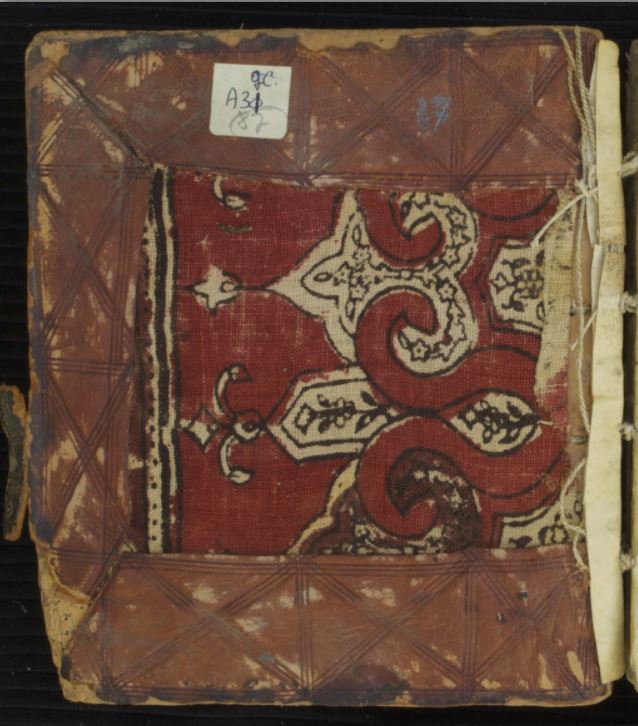|
Home Login News Team Bios Contact Us |
Textile pastedowns preserved on the inside book boards of 15th to 19th-century Christian Ethiopian manuscripts provide information leading to unrecognized aspects of the late medieval and early modern societies, industries, and the global trading networks, in which Ethiopia clearly participated. Gifted to churches and monasteries by the royal court, used as apparel and ecclesiastical furnishings, and likely preserved as relics or personal mementos, these textile swatches are revealing about Ethiopian art, culture, history, economy, and diplomatic and commercial connections. To date largely unstudied, they represent the largest known collection of surviving medieval and early modern textile imports in Sub-Saharan Africa. Representations of textiles that feature in manuscript illuminations and murals offer additional insights into the making and the meaning of Ethiopian literature-based art and into the dating of manuscripts that contain them. To best investigate these surviving objects, a multi-disciplinary team of historians, art historians, textile scholars, and specialists in manuscripts and their bindings, with the required knowledge of the language and geographic expertise, has been assembled to study many aspects of Ethiopian culture and the countries/regions from which the textiles originated, which range from Western Europe to East Asia.
Michael Gervers, PhD
Sarah Fee, PhD |

G-089 – Collection of mälkə᾽ poems |